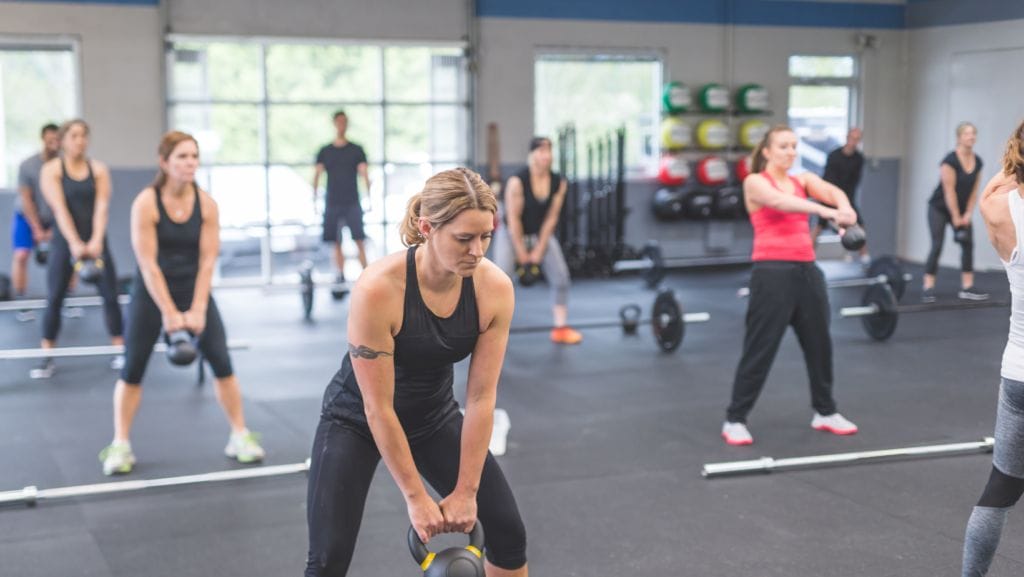When it comes to weight training, there are different approaches you can take to achieve your fitness goals. Two common approaches are high rep and low rep weight training. Both approaches have their benefits, and the choice between the two depends on your fitness goals and personal preferences.
Low Rep Weight Training
Low rep weight training involves lifting heavy weights for fewer repetitions, typically in the range of 1-5 repetitions per set. This type of training is often associated with powerlifting and strength training. Here are some of the benefits of low rep weight training:
- Increases Strength: Lifting heavy weights for fewer reps helps to build strength by recruiting more muscle fibers and stimulating muscle growth. This can lead to significant improvements in your overall strength and power.
- Builds Muscle: Lifting heavy weights is also an effective way to build muscle mass, particularly in the major muscle groups such as the chest, back, and legs. This can help to increase your overall muscle mass and give you a more defined, muscular physique.
- Improves Bone Density: Lifting heavy weights puts stress on your bones, which can help to increase bone density over time. This is especially important for older adults, who are at a higher risk of osteoporosis.
High Rep Weight Training
High rep weight training involves lifting lighter weights for more repetitions, typically in the range of 10-20 repetitions per set. This type of training is often associated with bodybuilding and endurance training. Here are some of the benefits of high rep weight training:
- Increases Endurance: Lifting lighter weights for more reps helps to improve muscular endurance, which is the ability of your muscles to perform repeated contractions over an extended period. This can help to improve your overall fitness and stamina.
- Burns More Calories: High rep weight training can also help to burn more calories than low rep weight training, as it tends to be more cardiovascular in nature. This can be helpful if your fitness goals include weight loss or improving cardiovascular health.
- Enhances Muscle Definition: Lifting lighter weights can help to enhance muscle definition, particularly in the smaller muscle groups such as the biceps, triceps, and shoulders. This can help to give you a more toned and defined appearance.
Which Approach is Right for You?
Ultimately, the choice between high rep and low rep weight training depends on your fitness goals and personal preferences. If you are looking to build strength and muscle mass, low rep weight training may be more effective for you. On the other hand, if you are looking to improve endurance and burn more calories, high rep weight training may be a better fit. However, it is worth noting that both approaches can be effective in improving overall fitness and health, and incorporating both into your workout routine can provide a well-rounded approach to weight training.

